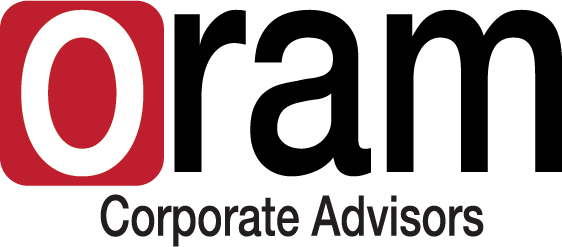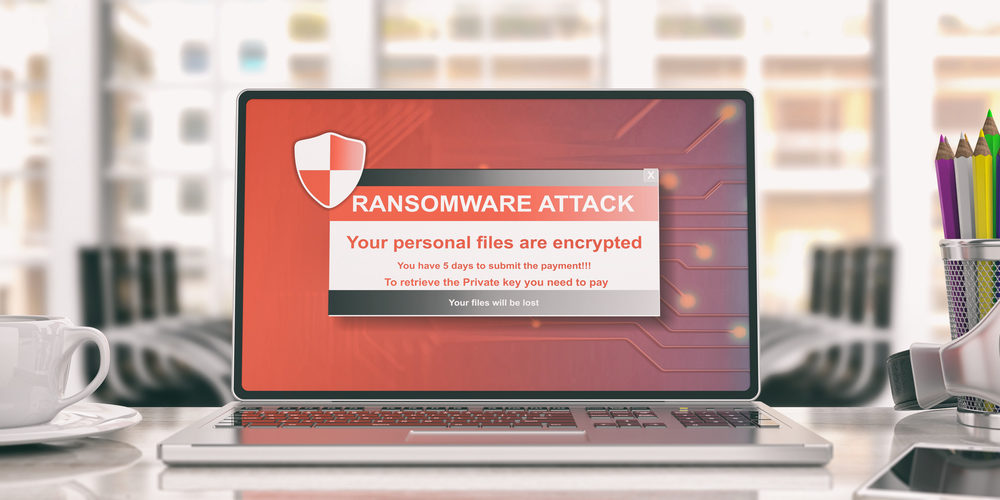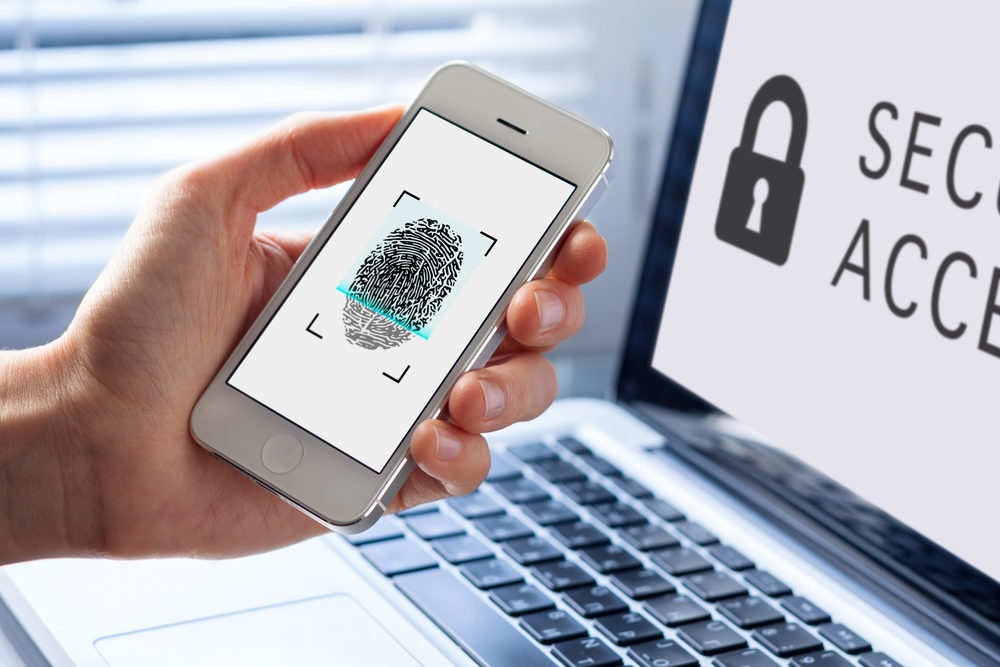Ransomware has become one of the top threats to businesses in today’s global and digital society. It has become such a danger in fact that a late 2017 report from Cybersecurity Ventures predicted that the global cost of cybercrime would reach $6 trillion by 2021 with ransomware playing a major role in that total. Furthermore, Cisco’s 2017 Annual Cybersecurity Report showed ransomware is increasing by 350 percent each year and a business falls victim to a ransomware attack every 40 seconds. Last year’s worldwide attack in May 2017 of the WannaCry ransomware caused complete and utter chaos around the globe and begged the question of what’s next.
So what is a business owner to do? For starters, you must know what you’re up against. Next, there are steps for preventing the threat from opening the door to your business. Here’s your guide to ransomware and how to stop it before it stops your business.
What Ransomware Is
Ransomware is a malicious malware that targets the private files of your business. While malware can cause some annoying problems or create more malicious issues such as reformatting a disk or deleting files, ransomware is different. Ransomware is a malware that infects computers and restricts access to files, stopping businesses in their tracks.
When you run into ransomware, you will know it because it will notify a system’s user that it has been attacked. The notification will come after the damage has been done and your information is already encrypted. A cybercriminal will use the ransomware to demand a ransom, typically money or cryptocurrency, in exchange for the safe return of files. If the funds are not paid, the cybercriminal responsible may delete or publish your private business files. If you do pay, you may still not get your data back anyway as the hacker responsible can simply take the money and run.
Like a virus that can attack the body, ransomware can attack an entire network. And like viruses, ransomware can morph and adapt from the way they spread to the way they encrypt data. This means a business must approach protection on a multitude of fronts and be ready to adapt to new protections as they are developed.
Means of Protection
Your IT provider should offer you protection through at least six areas. By securing a variety of entryways and providing layers of protection, your business will be safer from all threats including ransomware. At Oram, we take a six-step approach to protecting our clients against ransomware and other cyber threats.
Patching
The most basic layer of security is to monitor and patch all computers and applications on an ongoing basis. We address all known operating system security vulnerabilities with the latest patches. This measure is the first step in protecting your operating system particularly when a flaw has been uncovered. Your company’s outside business IT partner or in-house professionals should be providing the latest patches to ensure your operating systems are running at peak performance while ensuring any system vulnerabilities are addressed.
Anti-Virus and Network Monitoring
Businesses are being targeted every day through a plethora of avenues: email, ad networks, mobile applications, etc. This is why the second part of a best-in-class security network employs both anti-virus and network monitoring. These two pieces of the security puzzle examine all traffic on your business network and all files. The anti-virus employs a filter to protect them from all known threats. Your anti-virus should be updated regularly in order to identify the latest viral threats.
Backup and Disaster Recovery
One of the things cybercriminals bank on is that your business didn’t think ahead in terms of implementing backup and disaster recovery. That’s why this step is a must, especially where ransomware is concerned. There can sometimes be gaps between when a threat is introduced to your network and remediation of the full system.
To ensure that your data is safe, it’s best to have a full system backup in place to protect your back-office systems. This will enable your business to stay on top of things if and when an attack occurs and it provides a recovery option for unknown threats. In the event of a catastrophic failure or a ransomware attack, a good backup can get your business back online fast.
Endpoint Backup
Though backup and disaster recovery provides a layer of protection for your back-office systems, businesses should also have backup and recovery of data for all devices. Devices such as laptops and tablets create, share, and store business data. Should a device become lost or a cybercriminal capture your proprietary data and sensitive information from these devices, your business will still be covered. This can have a significant impact on your business productivity and profitability. Your endpoint program should offer real-time data backup on such endpoint devices to prevent the compromise of business-critical information and keep your organization moving full-steam ahead.
Secure File Sync and Share
In today’s global society, being able to work remotely, collaboratively, and securely from any device anywhere is a modern business necessity. With the proper software in place, your employees can securely collaborate from any location on any device including their smartphones and tablets. Such a system can allow you to grant access and editing controls for specific documents including those in Word, Excel, and PowerPoint. Such software also allows you to recover documents employees may have accidentally deleted or that have been lost due to malicious activity.
Education and Awareness
One of the best steps you can take in protecting your business against ransomware or other digital threats is to educate and train your employees. With proper cybersecurity awareness training, you can turn your employees into your most important layer of defense. They should be trained and provided with educational materials about cybersecurity risks, new ransomware strains, and the best practices for spotting phishing attempts, suspicious emails, and other security risks. Additionally, they should be provided a simple and quick way to report any suspicious activity. By empowering your employees with such training, they can become proactive in the fight against cyber threats to your business.
Small ransoms are just the beginning of the ransomware threat and it is only expected to get increasingly worse. This is why it is so imperative for businesses to stay ahead of cybercriminals when it comes to security. While such protection may seem overwhelming, it’s nothing when compared with the downtime, stress, and financial cost of dealing with a ransomware attack. If you need assistance in protecting your business against ransomware, contact Oram Corporate Advisors today for a free consultation at (617) 933-5060.



